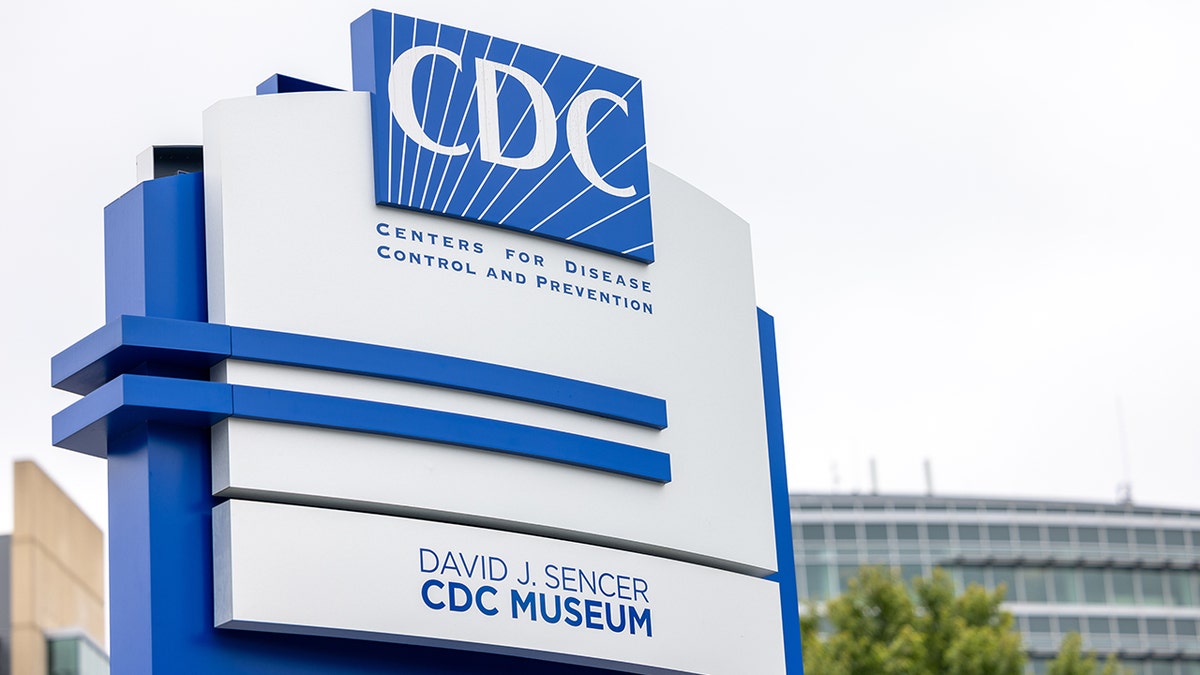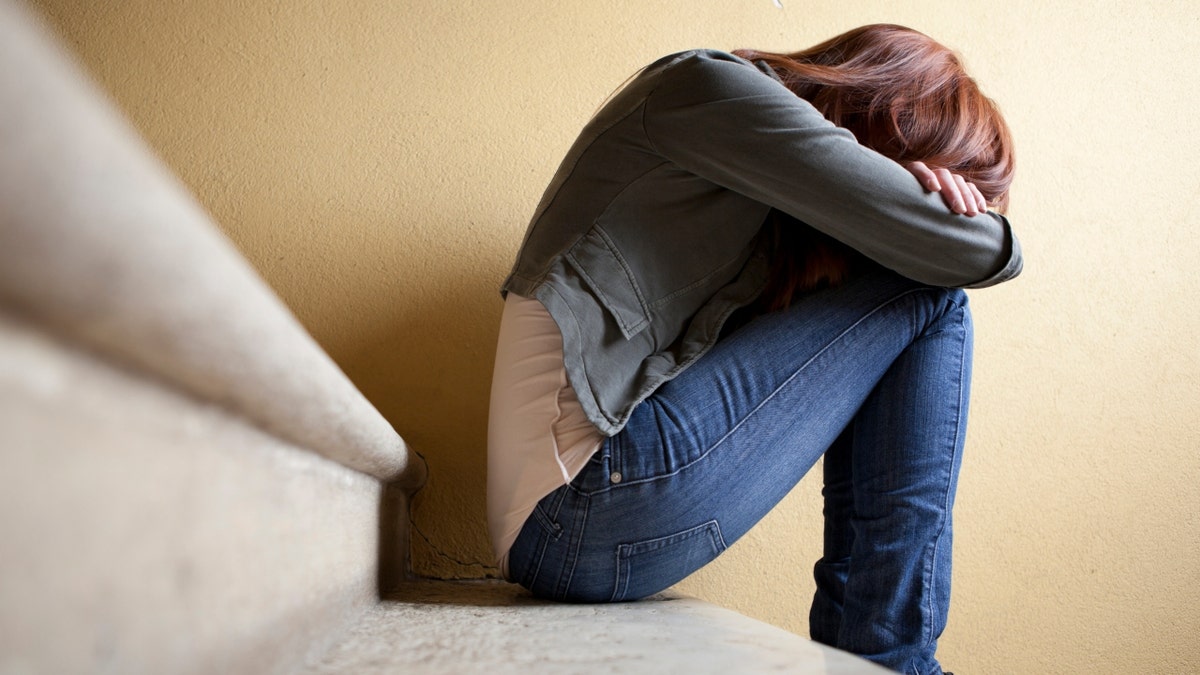Dr. Marc Siegel: We are in trouble with teen girls
Fox News medical contributor Dr. Marc Siegel reacts to the CDC's report on mental health in teens on 'Special Report.'
This story discusses suicide. If you or someone you know is having thoughts of suicide, please contact the Suicide & Crisis Lifeline at 988 or 1-800-273-TALK (8255).
A Center for Disease Control report published Monday detailed an alarming 10-year increase in depression and thoughts of suicide among teenage girls.
Among the more shocking findings in the report:
- 57 percent of high school females reported feeling sadness or hopelessness in 2021, a 58 percent increase from 36 percent in 2011.
- 30 percent of females seriously considered attempting suicide in 2021, an almost 60 percent increase from 19 percent in 2011.
- 24 percent of females made a suicide plan in 2021, a 60 percent increase from 15 percent in 2011.
Mental health for teenagers across the board was bleak.
Overall in 2021, 42 percent of high school students reported experiencing persistent feelings of sadness or hopelessness, 22 percent said they seriously considered attempting suicide, 18 percent said they had made a plan to commit suicide and 10 percent said they attempted suicide, all increases from 10 years ago.
GOT A WEAK GRIP? THAT MIGHT MEAN A SHORTER LIFE, STUDY SAYS

A view of the sign of Center for Disease Control headquarters is seen in Atlanta, Georgia, United States on August 06, 2022. (Nathan Posner/Anadolu Agency via Getty Images)
The trends were similar across race and gender lines.
Suicide ideations increased across racial groups: Black, Hispanic, and White students all moved in the wrong direction since 2011, although the number of Asian and multiracial students seriously considering suicide did not change.
In 2021, 45 percent of LGBQ+ students said they seriously considered attempting suicide while the number was 14 percent of boys.
In their executive summary, the CDC did not mince words about America's youth mental health crisis.
"As we saw in the 10 years prior to the COVID-19 pandemic, mental health among students overall continues to worsen, with more than 40% of high school students feeling so sad or hopeless that they could not engage in their regular activities for at least two weeks during the previous year - a possible indication of the experience of depressive symptoms. We also saw significant increases in the percentage of youth who seriously considered suicide, made a suicide plan, and attempted suicide," the CDC reported.
COULD CUTTING CALORIES SLOW THE PACE OF AGING? POSSIBLY, SAYS NEW STUDY

According to the Centers for Disease Control and Prevention (CDC), the U.S. had one death by suicide every 11 minutes in 2020. (iStock)
"Unfortunately, almost all indicators of health and well-being in this report including protective sexual behaviors (i.e. condom use, sexually transmitted disease (STD) testing, and HIV testing), experiences of violence, mental health, and suicidal thoughts and behaviors worsened significantly," they wrote.
The study also showed that while sexual activity declined among high school students between 2011 and 2021, fewer of the adolescents who are having sex are taking protective measures such as using condoms or HIV testing.
In 2011, 60 percent of students used condoms during sexual intercourse. In 2021, the percentage decreased to 52 percent. Similarly, over the same ten-year period, the percentage of students who reported being tested for HIV decreased by over half: from 13 percent to 6 percent.
People infected with HIV can carry and spread the virus for years without knowing.
The CDC further reported that adolescents feel less connected at school. Some studies have linked social media use to increased anxiety and depression among teenagers in recent years.
"I think social media has a lot to do with this," said Fox News medical contributor Dr. Marc Siegel.

Increased use of social media has taken a mental health toll on teens. (iStock)
"The key is connectivity. Parents being more involved, a lot of communication, after-school activities, schools being more involved, that's all correct," he explained. "We’re in trouble with teen girls."
"There can't be a disconnect between the schools and the parents," Siegel said. "If a parent is coming to a school with concern, the school has got to act. The school should be monitoring this to begin with and again, parents out there have to cultivate an open relationship where the child is not embarrassed. There's a lot of humiliation involved here and the social media increases that dramatically."
CLICK HERE TO GET THE FOX NEWS APP
In 2021, the CDC published a report that showed teenage girls drove an increase in suspected suicide attempts during the COVID-19 pandemic.




















